Flats I've had a few
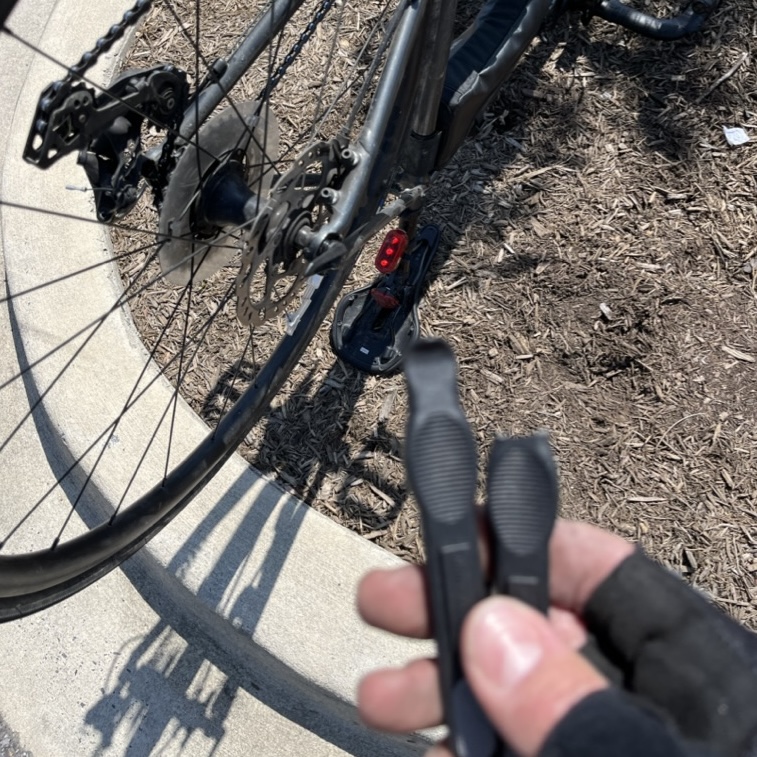
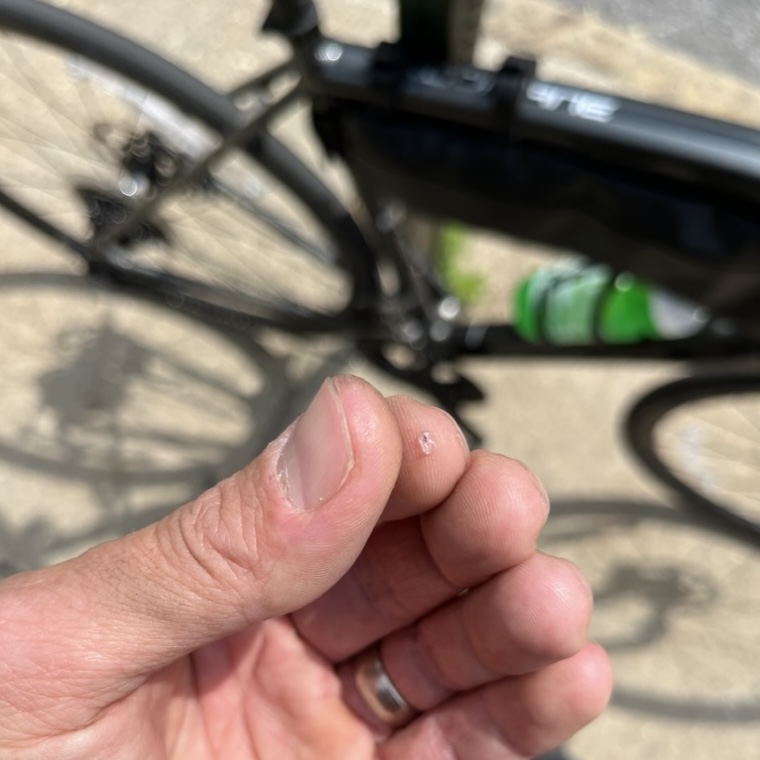
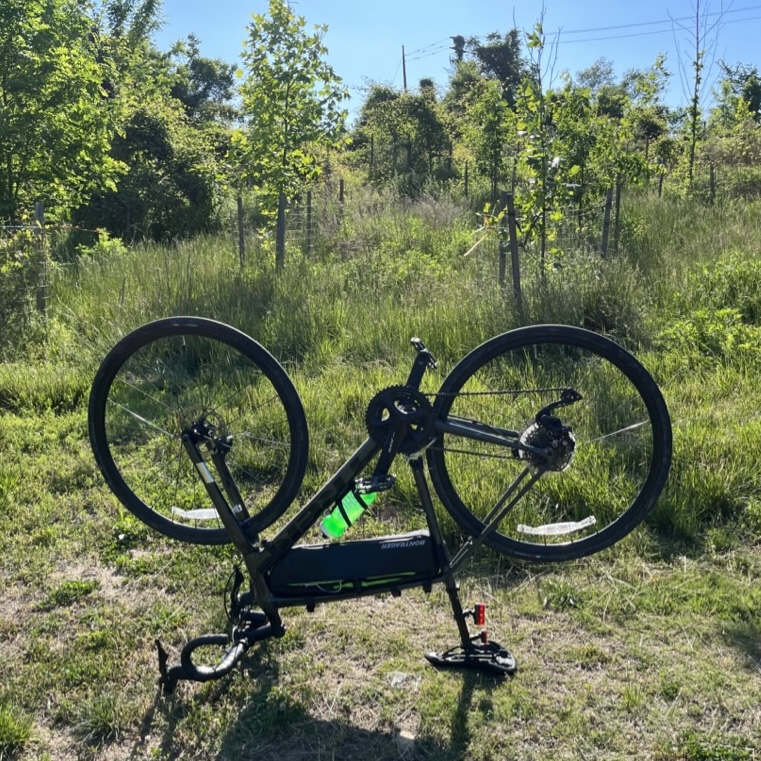
Completing the Wandrer map will require that you visit every corner of your city. It will take you along highways and main streets and side streets and side-side streets, through roads and bike lanes and gutters and alleys, into broad residential streets, culs-de-sac, dead ends, and short mislabeled industrial segments. In so doing you will find secret gardens and hiding spots and disposed trash and trails and shortcuts and abandoned cars and loads of disposed tires and mattresses, many of them that you would never have seen otherwise, because Wandrer forces you to go that little extra distance and to peek into areas that are hidden, often intentionally, from common view. But most of all what you will find everywhere you go if you are in a modern city,1 what you cannot escape no matter how much you’d like to, is glass, because the streets are strewn with glass, and not just glass, but also nails, screws, staples, sharp sticks, stubs of deposed metal signs, rocks, bolts, scraps of metal and other sharp objects, and above all more glass. And as a result, you are going to have to learn to deal with flats.
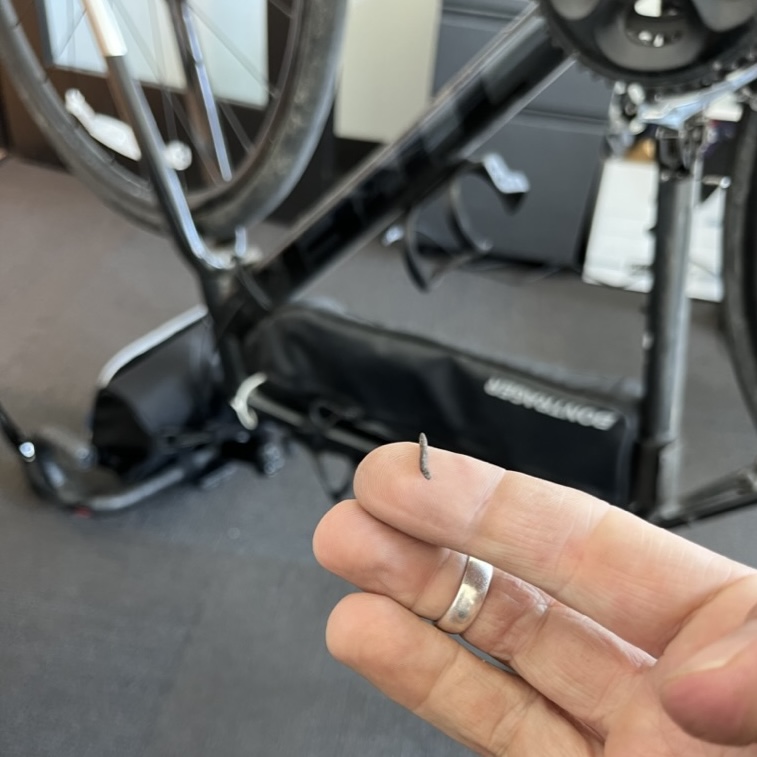
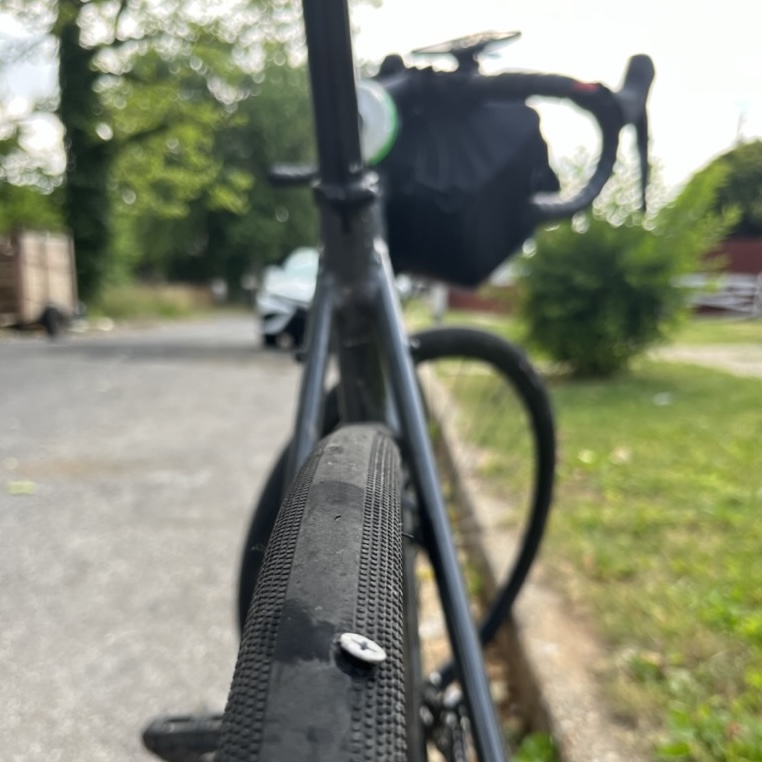
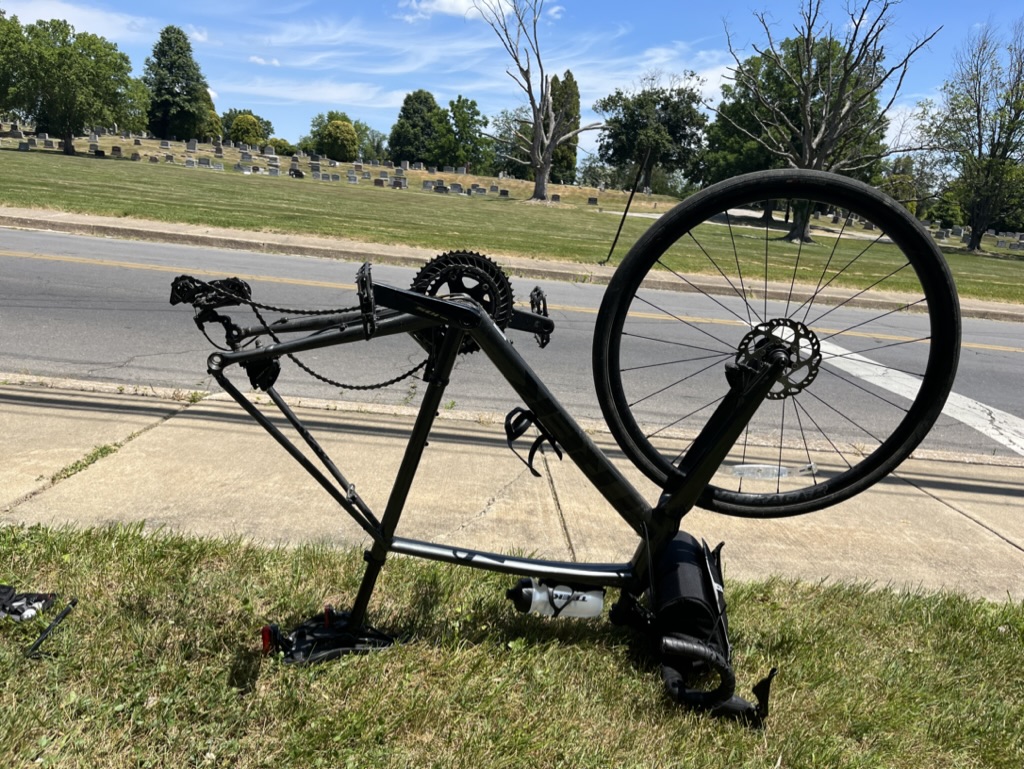
You are going to need a flat kit and you will want to change a flat and fill a tire at least once when you are not out on a ride. I also highly recommend having a bike with a through-axel instead of a hinge one. For your flat kit you will want a CO2 cartridge. I recommend taking two and a single tube, as well as self-gluing patches and a manual pump. It’s worth the weight.

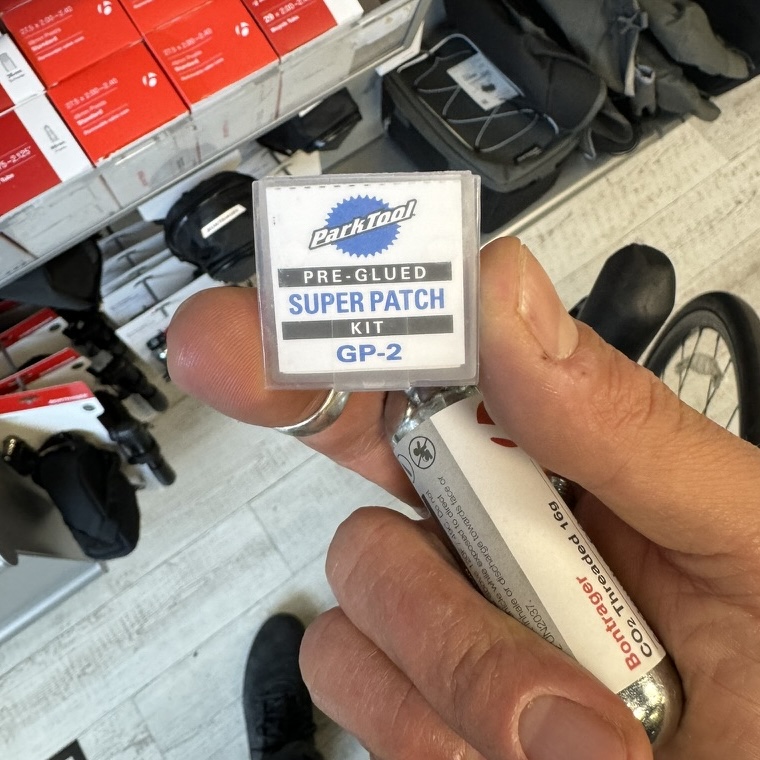
Over the course of my wandering I incurred no fewer than fourteen flats. To deal with these, I recommend a flat kit with a CO2 cartridge and a through-axle instead of a drop one. I recommend having at least two spare tubes and two cartridges, as well as self-gluing patches and a manual pump. This preparation is worth the small amount of weight it will add. You will want to practice filling your tire via cartridge at least once so that you are not caught off guard the first time you need it. That said, one advantage they presented is they slowed me down. Flipping my bike to change a flat was, more than once, the occasion of friendly help from a stranger. On multiple instances, people offered to fetch a pump for me, and commiserated with the terrible shape of the streets. My favorite occasion was being approached mid-change by an old-timer wearing a shirt that read
FUCK
THE
4TH OF JULY
[ JUNETEENTH ]
[ 1865 ]
MY ANCESTORS
WEREN'T
FREE
who offered me a pump and chatted with me for some time about how bad riding could be in the city.
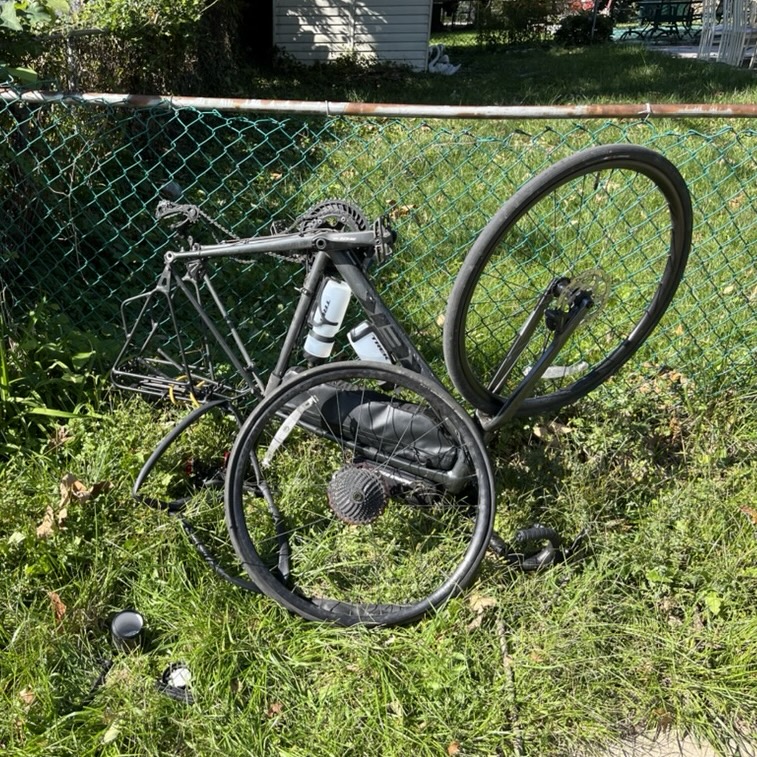
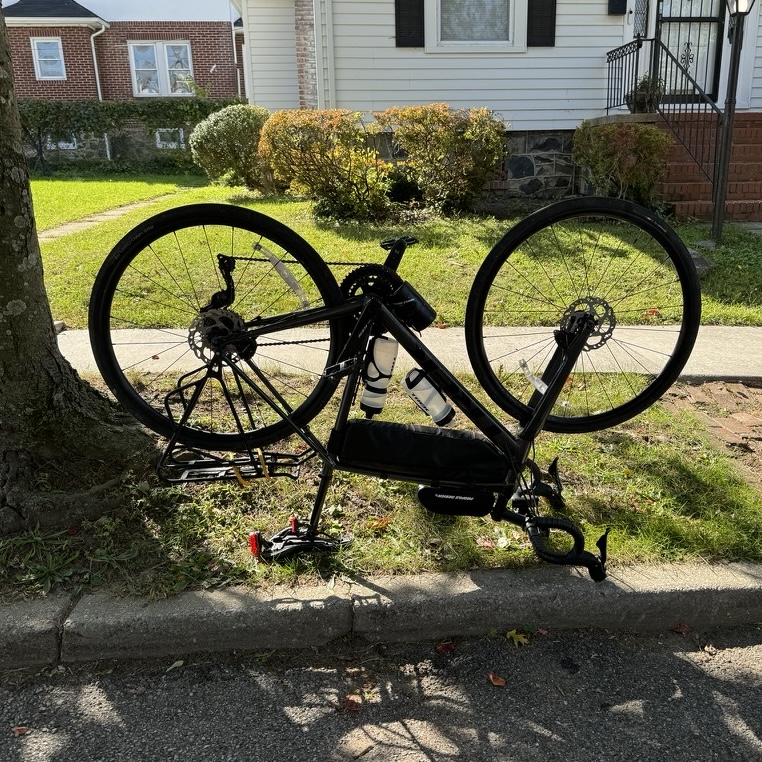
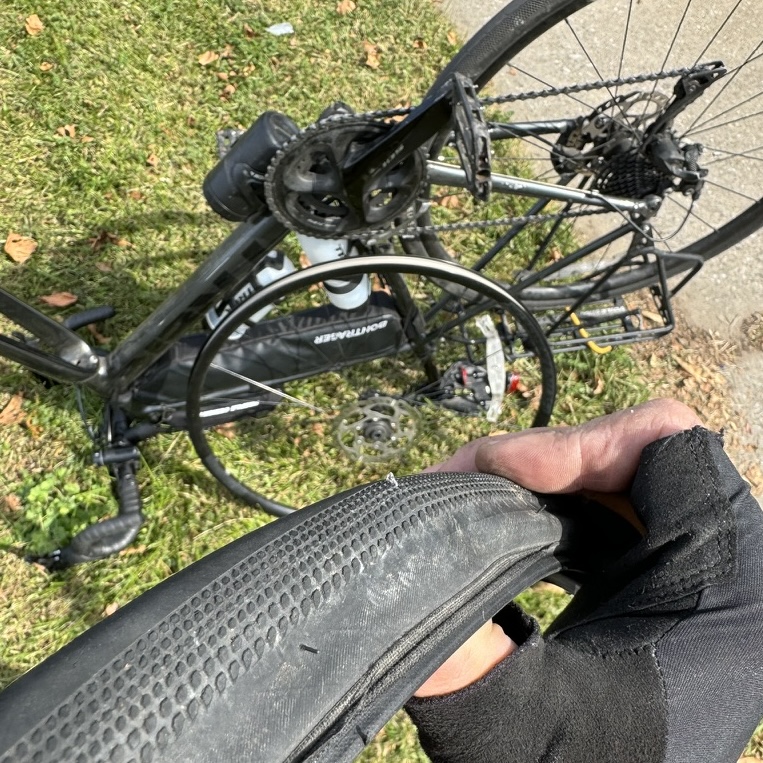
In the past few years, cities and municipalities have been banning plastic bags. I agree they’re unsightly and am happy to see fewer of them (even as I miss the free home and car trash bags, and suspect the ban is not the environmental boon it is pitched as). But if we’re going to remove freedoms, I’d much rather we prohibit the sale of glass bottles in the city. You could do it just for alcoholic beverages, even, and you’d probably almost entirely remove this problem.
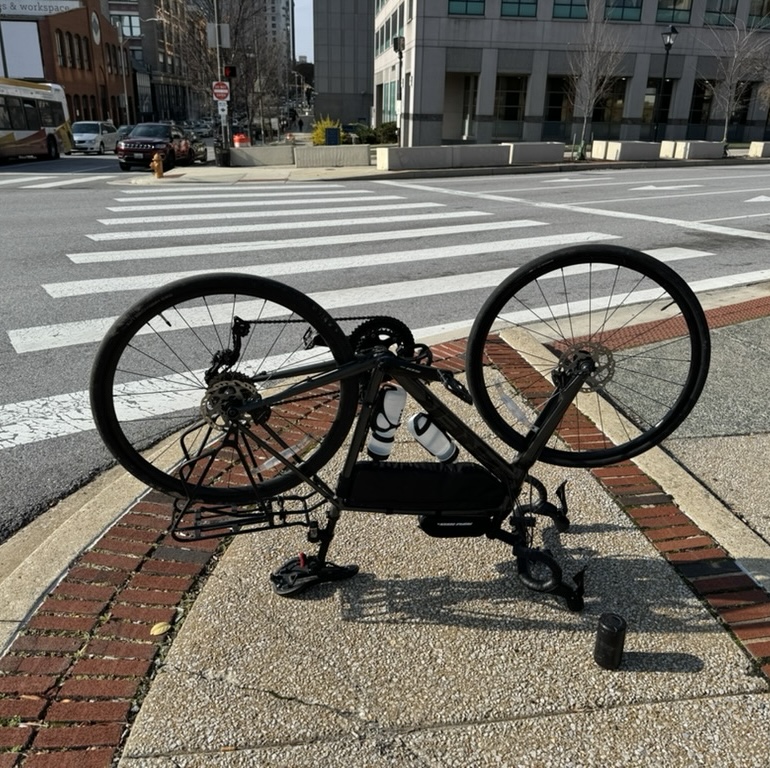
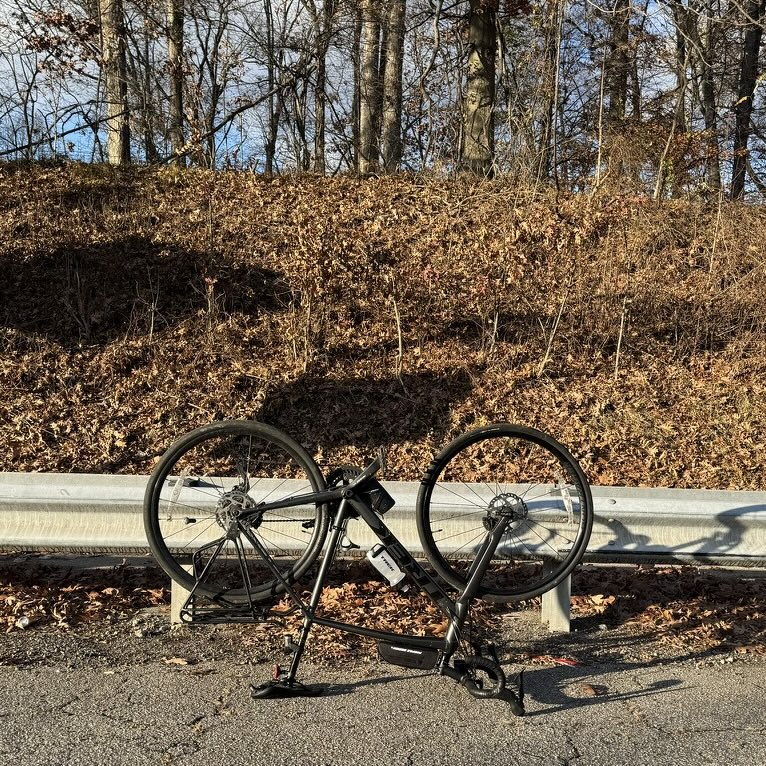
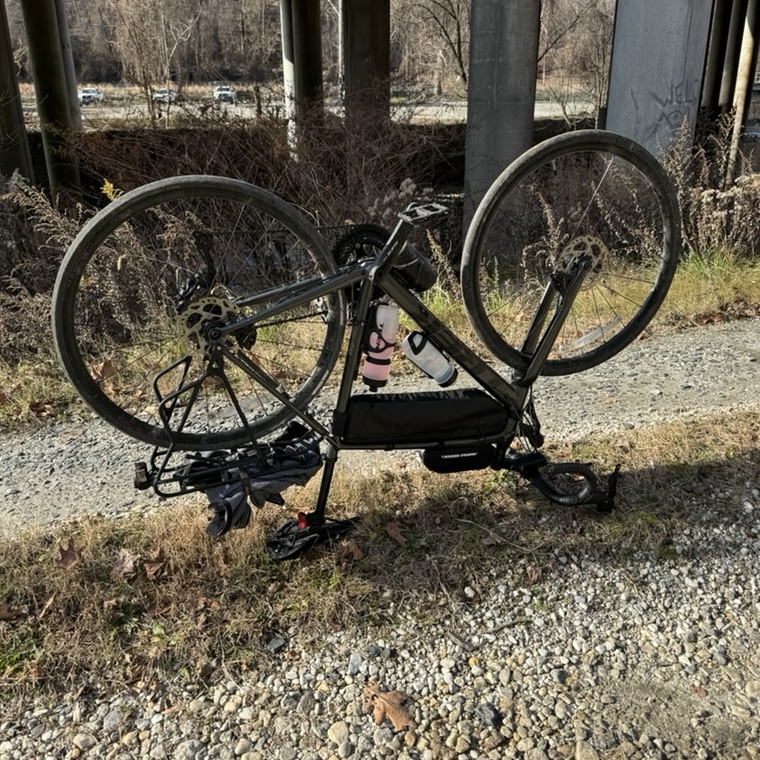
What has been recommended to me is getting tubeless tires. They will save you from compression punctures2 and from many types of glass and other punctures small enough to close up. I can’t actually recommend this, though, because I haven’t tried it, but it seems like it would be (would have been) worth it in the savings of both time and money.
-
This may just apply to American cities. I was in Paris for work, raving to my host about how wonderful it was to cycle there, and marveling especially at how little broken glass there was. “Why would there be broken glass?” she asked. I explained the situation in Baltimore and she expressed surprise that anyone do that. “We do like to set dumpsters on fire, however.” ↩
-
This occurs, for example, when you slam into a curb, and the trauma pinches the tube on both sides between the curb and the tire’s rim. ↩